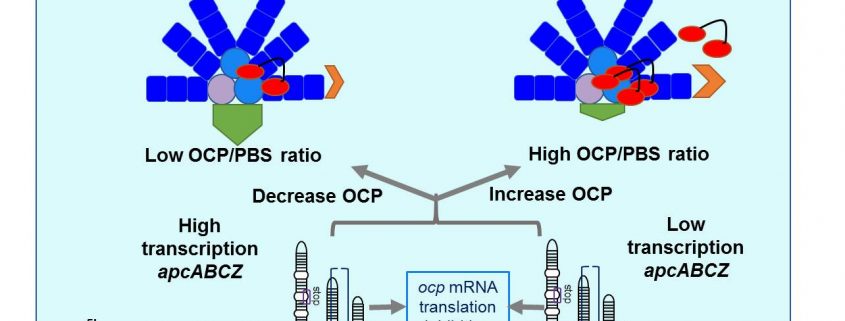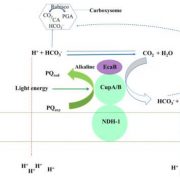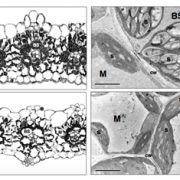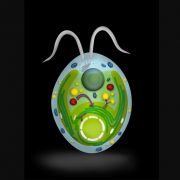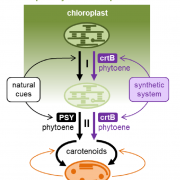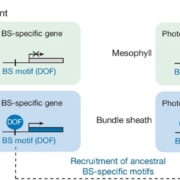Crosstalk Between Light Harvesting and Photoprotection Is Mediated by a Regulatory sRNA
Zhan and Steglich et al. investigate the small RNA-mediated regulation of the photoprotective Orange Carotenoid Protein in cyanobacteria. https://bit.ly/3d3AqY0
By Jiao Zhan1,2, Wolfgang Hess3 and Diana Kirilovsky1
1 Université Paris-Saclay, CEA, CNRS, Institute for Integrative Biology of the Cell, 91198 Gif sur Yvette, France
2 Key Laboratory of Algal Biology, Institute of Hydrobiology, Chinese Academy of Sciences, Wuhan 430072, Hubei, China
3 Faculty of Biology, Institute of Biology III, University of Freiburg, D-79104, Germany
Background: Photosynthetic organisms acclimate to adverse environmental conditions, including excessive light, by adapting their photosynthetic apparatus. Flexible mechanisms for increasing dissipation of excess absorbed excitation energy as heat help to avoid photodamage under high light conditions, while also promoting efficient light harvesting under moderate and low light intensities. In cyanobacteria under stress conditions, Orange Carotenoid Protein (OCP), a photoactive water-soluble carotenoid protein, senses light intensity and induces thermal dissipation of excess excitation energy by interacting with the phycobilisome (PBS), the cyanobacterial antenna. Therefore, the expression of OCP must be tightly controlled, and coordination of OCP expression with expression of PBS-associated genes would be advantageous. We noticed that a mutant lacking ApcC, the PBS core linker protein, displayed the unexpected phenotype of a high level of OCP expression and photoprotection.
Question: What is the connection between the lack of the PBS core linker protein ApcC and the enhanced OCP concentration in cyanobacteria cells?
Findings: We discovered a posttranscriptional regulatory mechanism in which the expression of the operon encoding the three phycobilisome core allophycocyanin subunits (apcABC) was directly and inversely linked to expression of OCP. The increase in OCP concentration was related to the absence of a regulatory small RNA (sRNA) that we have named ApcZ. This sRNA originated from the 3’ end of apcC,. and we found that homologs exist in a variety of OCP-containing cyanobacterial strains having different morphologies and lifestyles. The direct interaction of ApcZ with the ocp mRNA was confirmed using a heterologous reporter system. Under most stress conditions, apc operon transcription decreased and ocp translation increased. However, during nitrogen starvation, apc transcription was turned off but ocp repression was still needed. In this case, we identified a promoter within apcC that was specifically activated by the nitrogen-responsive transcription factor NtcA, which drives the transcription of ApcZ.
Next steps: ApcZ is thus far the third sRNA demonstrated to regulate at least one photosynthesis-related gene in cyanobacteria. Next we will investigate whether ApcZ regulates additional photosynthetic genes. We aim to determine whether regulatory RNAs play a larger role than currently known in the regulation of photosynthetic gene expression not only in cyanobacteria but also in plants and eukaryotic algae.
Jiao Zhan, Claudia Steglich, Ingeborg Scholz, Wolfgang R. Hess and Diana Kirilovsky. (2021). Inverse Regulation of Light Harvesting and Photoprotection Is Mediated by a 3’ End-Derived sRNA in Cyanobacteria. Plant Cell https://bit.ly/3d3AqY0


